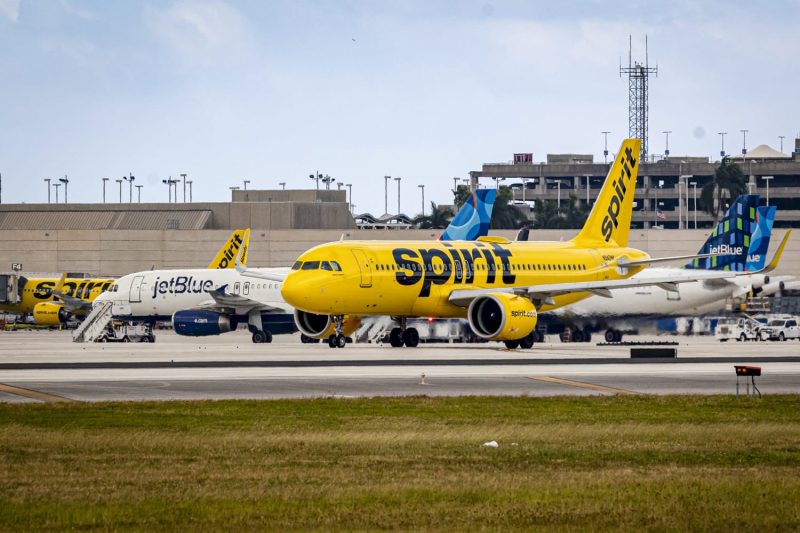Low-cost airlines have been revolutionizing the way people travel by offering affordable fares and disrupting the traditional airline industry. In their relentless pursuit of cost-effectiveness, these airlines are constantly seeking ways to cut back on expenditures while maintaining the quality of their services. One major strategy they are employing is investing in new and fuel-efficient aircraft.
Cutting-edge airplanes, such as the Airbus A320neo and Boeing 737 MAX, are favored by low-cost airlines for their improved fuel efficiency and reduced operating costs. By utilizing these modern aircraft, airlines can significantly decrease their fuel consumption, which is one of the largest expenses for any airline. The use of new planes also allows low-cost carriers to offer more affordable ticket prices to passengers while maintaining profitability.
In addition to fuel efficiency, new aircraft offer advanced technology and improved reliability, resulting in lower maintenance costs for airlines. These state-of-the-art planes require less frequent maintenance and are less prone to mechanical failures, leading to fewer disruptions in flight schedules and improved customer satisfaction.
Another area where low-cost airlines are cutting back is in the onboard services they offer. Many budget carriers are opting for a no-frills approach, charging passengers for additional services such as checked baggage, in-flight meals, and seat selection. By unbundling these services, airlines can keep base fares low and allow passengers to pay only for the amenities they value, creating a more personalized and cost-effective travel experience.
Furthermore, low-cost airlines are streamlining their operations and seeking operational efficiencies to minimize expenses. This includes optimizing flight schedules, maximizing aircraft utilization, and reducing turnaround times at airports. By utilizing technology and data analytics, airlines can enhance operational performance and eliminate wasteful practices, ultimately reducing costs and improving overall efficiency.
While low-cost airlines are cutting back in certain areas, they are also investing in customer experience and innovation to stay competitive in the market. Some budget carriers are incorporating new technologies, such as mobile apps and self-service kiosks, to enhance the booking process and provide a seamless travel experience for passengers. By focusing on customer convenience and satisfaction, low-cost airlines can attract more passengers and build customer loyalty in an increasingly competitive industry.
In conclusion, low-cost airlines are implementing strategic measures to reduce costs and enhance operational efficiency while maintaining high standards of service. By investing in new aircraft, optimizing operations, and innovating the customer experience, budget carriers can continue to offer affordable fares and attract a growing number of passengers. As these airlines navigate the challenges of the aviation industry, their commitment to cost-effectiveness and customer satisfaction will be key to their long-term success.



























